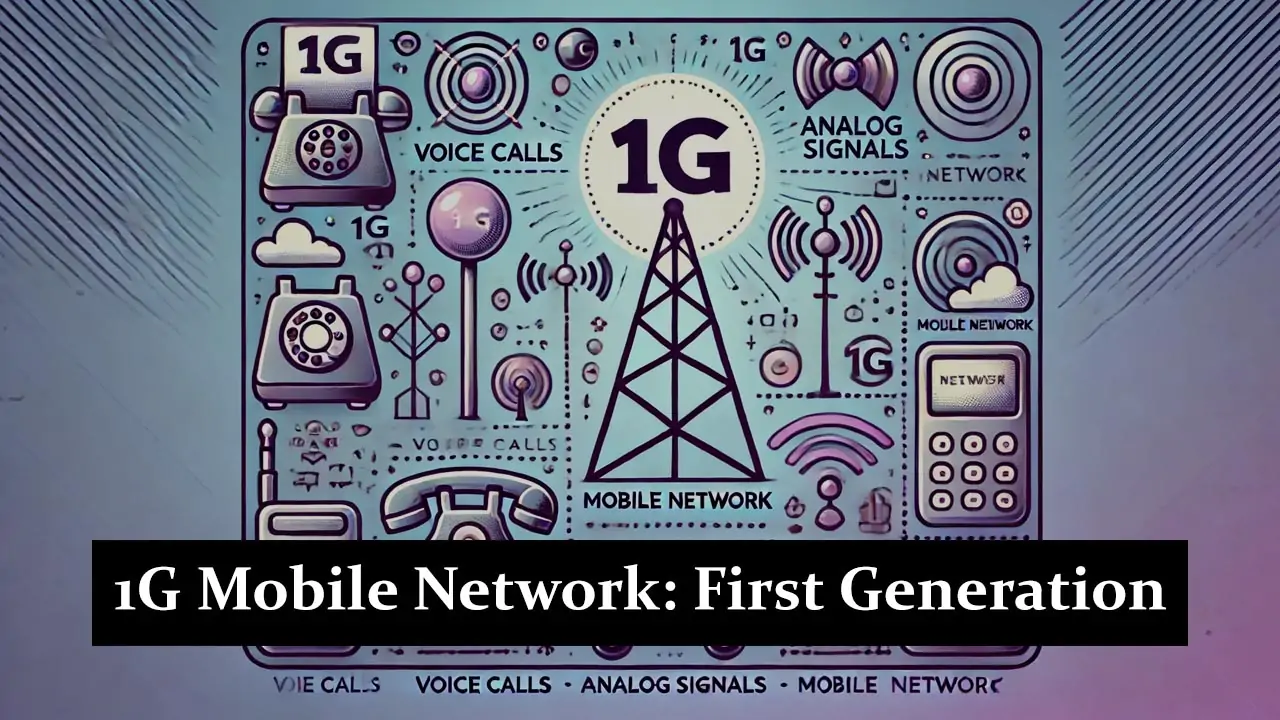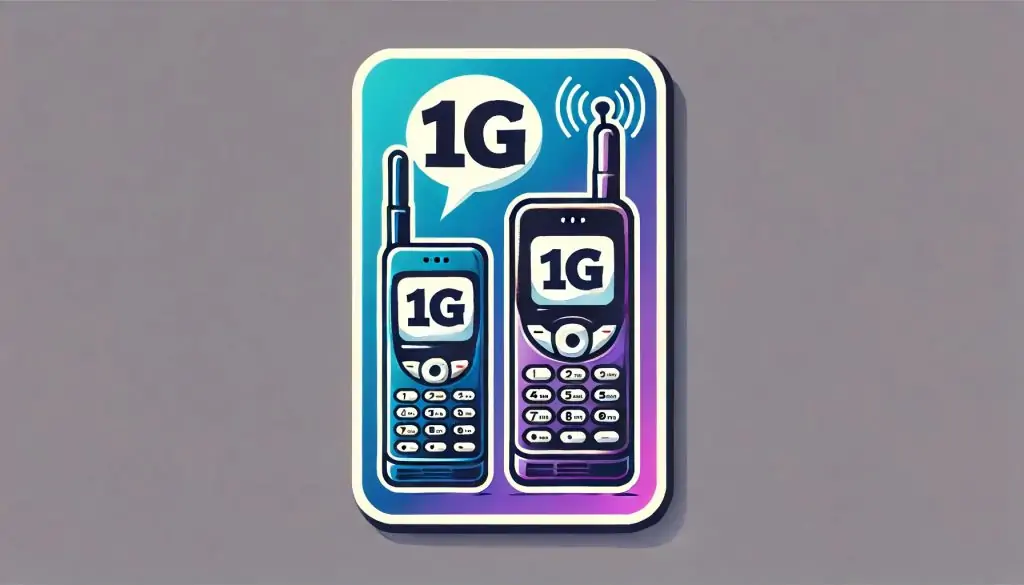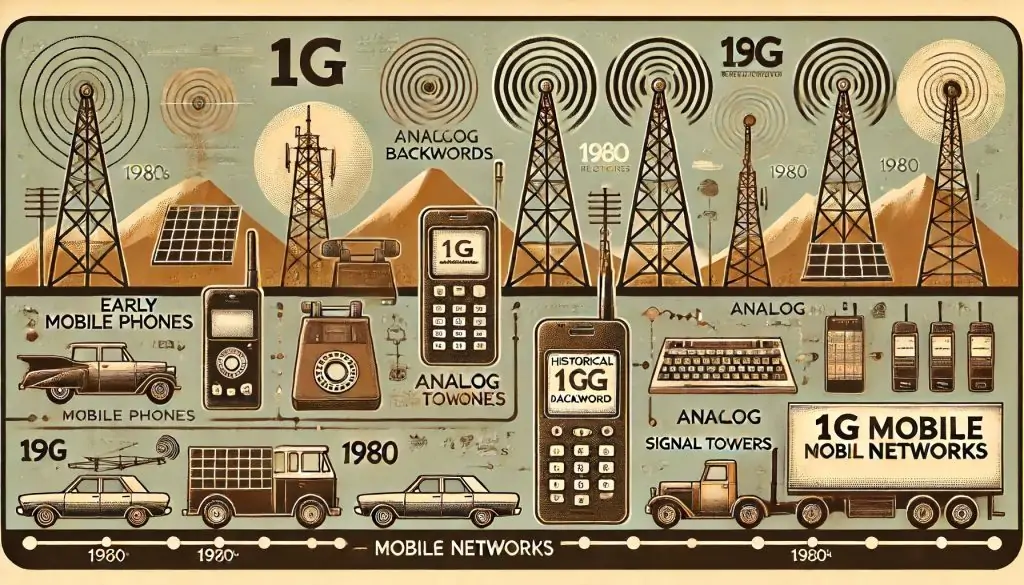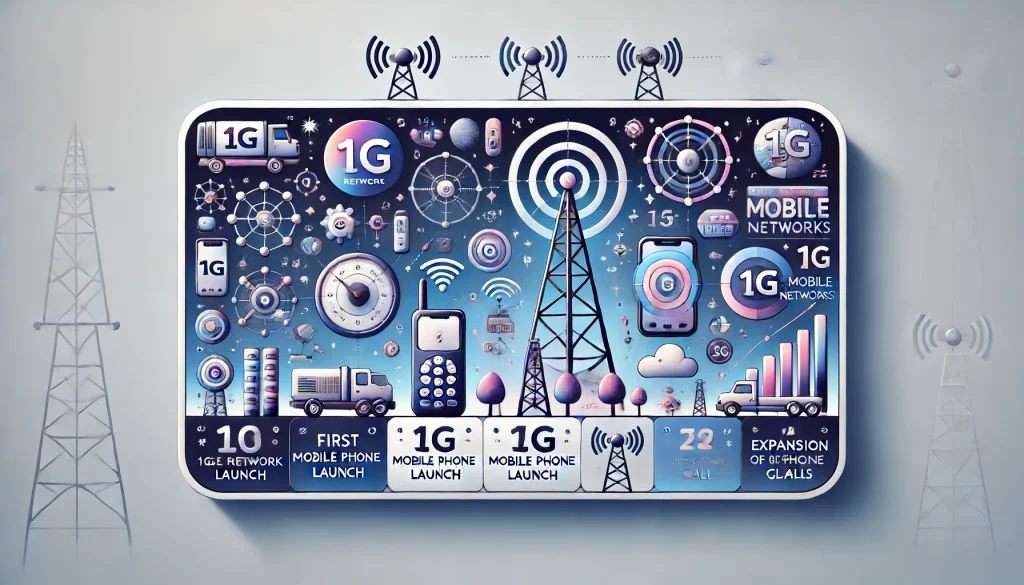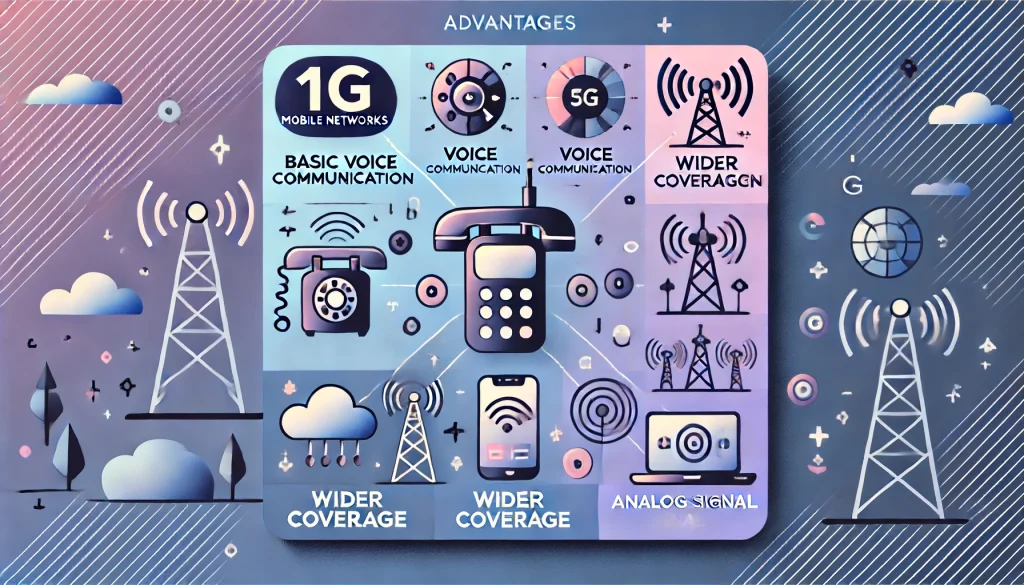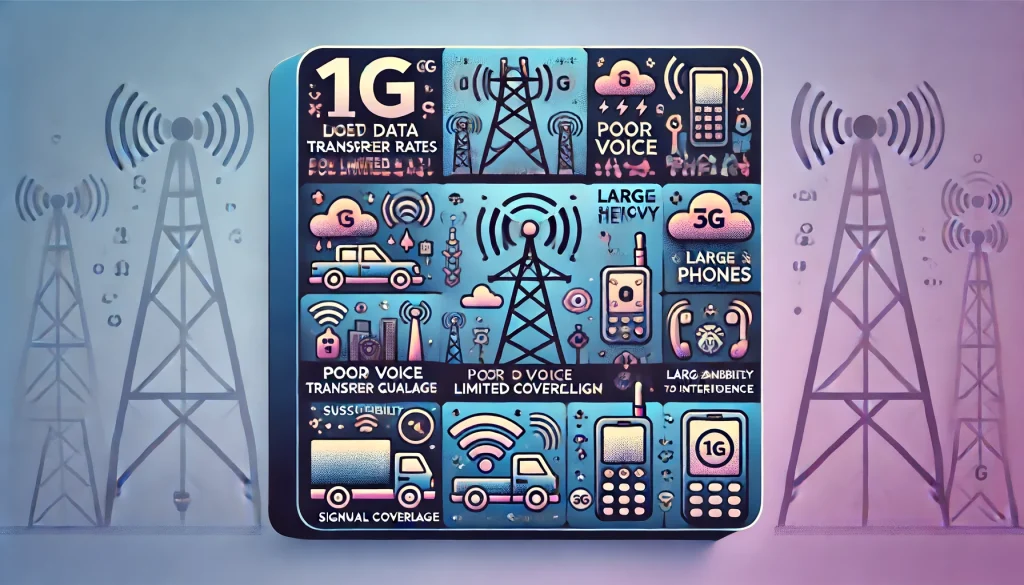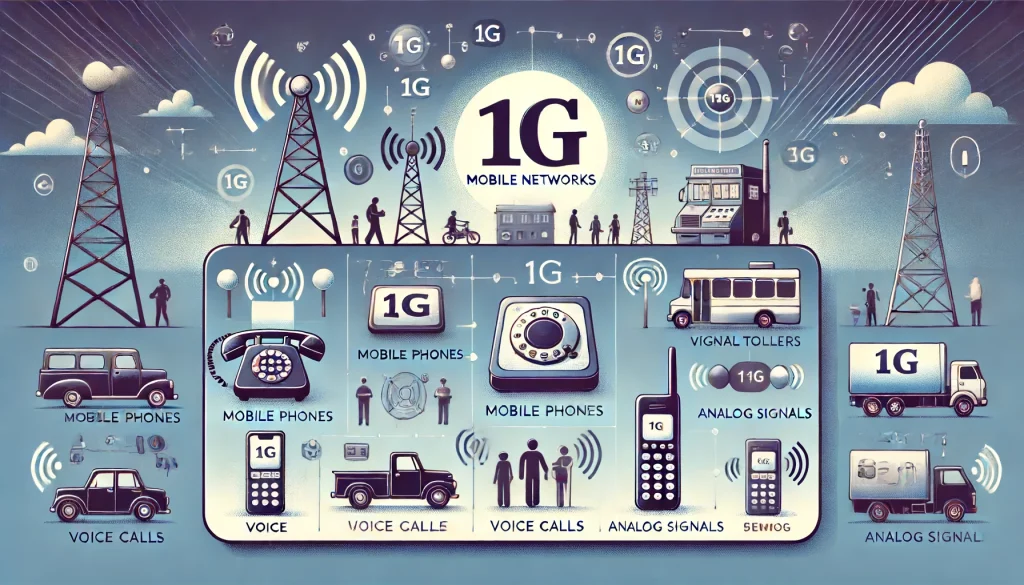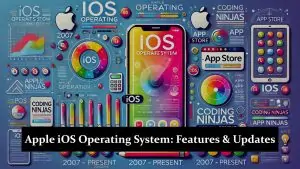The evolution of mobile networks has been a transformative journey, reshaping how we communicate and connect. Among the milestones in this journey, the 1G mobile network stands as a crucial foundation. Understanding 1G is essential to appreciate how far we have come in mobile communication technology.
What is 1G?
1G, or the first-generation mobile network, refers to the initial analogue telecommunications standards introduced in the 1980s. Unlike its digital successors, 1G utilized analogue signals to transmit voice data. Key characteristics of 1G included:
- Basic Voice Communication: Enabled simple voice calls between mobile phones.
- Analog Signals: Relied on analogue transmission methods.
- Lack of Encryption: No encryption, making calls susceptible to eavesdropping.
- Limited Network Capacity: Could support only a limited number of users.
- Frequency-division multiple access (FDMA): Method for channel allocation.
- Large and bulky mobile phones: Early mobile phones were heavy and cumbersome.
- Limited network capacity: Fewer users could be accommodated simultaneously.
- Poor sound quality: Analog signals resulted in lower sound quality.
- Lack of security: Analog communication was more susceptible to eavesdropping.
- Limited coverage: Early networks had restricted geographical reach.
Historical Background
The development of 1G began in the late 1970s, with significant contributions from telecom giants like NTT in Japan and AT&T in the USA. Key historical points include:
- 1979: NTT launched the first commercial 1G network in Japan.
- 1983: AT&T introduced the AMPS (Advanced Mobile Phone System) in the USA.
- Global Adoption: Several countries in Europe and other regions quickly followed suit, establishing their own 1G networks.
Technology and Infrastructure
1G networks operated on analogue signal technology, using frequency bands in the 800 MHz range. Key components included:
- Frequency Bands: Primarily used the 800-900 MHz spectrum.
- Network Architecture:
- Base Stations: Towers equipped with transceivers to handle signal transmission and reception.
- Mobile Switching Centers (MSCs): Managed call routing and connections between base stations.
- Mobile Devices: Early mobile phones were often bulky and limited to voice calls.
- Analog Signal Transmission: Used Frequency Modulation (FM) for voice signal transmission.
Key Milestones and Launches
Notable 1G launches and events that shaped its adoption include:
- NTT’s Launch in Japan (1979): The first-ever commercial 1G network, marking the beginning of mobile telephony.
- AT&T’s AMPS in the USA (1983): The first 1G network in North America, leading to widespread mobile phone use in the USA.
- European Networks: Countries like the UK, Sweden, and Norway launched their 1G networks in the early 1980s, contributing to global adoption.
Advantages of 1G
1G networks brought several advantages, including:
- Introduction of Mobile Voice Communication: Enabled people to make phone calls on the move, increasing mobility.
- Increased Connectivity: Allowed for greater convenience in communication, especially for business professionals and emergency services.
- Foundation for Future Technologies: Set the stage for developing more advanced mobile networks.
Limitations and Challenges
- Poor Voice Quality: Due to analogue transmission, voice quality was often poor, with significant interference.
- Signal Interference: Analog signals were prone to interference from various sources, affecting call quality.
- Lack of Security: Calls were not encrypted, making them vulnerable to eavesdropping and unauthorized listening.
- Limited Coverage: Network coverage was limited to urban areas, leaving rural regions with little service.
- High Cost: The initial cost of mobile phones and network usage was high, making it accessible only to a few.
Legacy and Impact
The legacy of 1G is significant, laying the groundwork for all subsequent mobile network generations. Its impact includes:
- Foundation for Modern Networks: 1G established the basic principles and infrastructure for mobile communication.
- Catalyst for Innovation: Highlighted the need for better technology, leading to the rapid development of 2G and beyond.
- Expansion of Mobile Usage: Introduced the concept of mobile telephony to the masses, paving the way for its ubiquitous presence today.
- Influence on Regulatory Frameworks: Prompted governments and international bodies to create regulations and standards for mobile communication.
Conclusion
1G mobile networks represent a pivotal moment in the history of telecommunications. Understanding 1G is crucial to appreciating the advancements in mobile technology that have transformed our world. From introducing mobile voice communication to laying the foundation for modern digital networks, 1G’s impact is profound. As we look to the future, the foundational role of 1G in shaping mobile communication continues to be a testament to the importance of technological innovation.
